Prevent an ACL injury or tear from stealing your mobility and active lifestyle. When you know how to manage an ACL injury, you can quickly regain your mobility and get back to your normal activities.
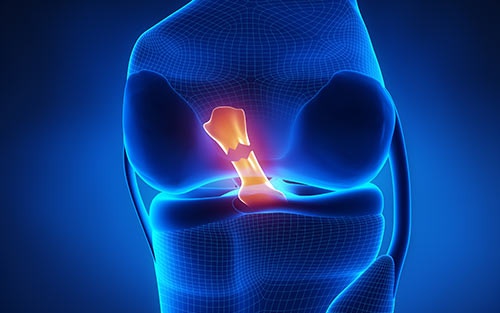
yourfootpalace.com gathered information on what an ACL injury is, causes, symptoms, treatment, and what you can do to recover from it.
What is an ACL Injury
This common injury is a sprain (over-stretching) or tear (partial or complete) of the anterior cruciate ligament (ACL) in the knee. The ACL is tissue connecting the femur (thigh bone) and tibia (shin bone) at the knee, opposite the hamstring. This ligament is responsible for preventing the shin bone from sliding out in front of the thigh bone and stabilizes the knee during bending or rotation of the knee. The ACL also protects the knee from hyperextension.
ACL Injury Causes
ACL injuries are more commonly sports-related. However, anyone can inadvertently suffer an ACL injury if you:
- Receive a hard impact on the side of your knee
- Overextend your knee joint
- Quickly stop moving and change direction while running
- Incorrectly land from a jump
- Abruptly or forcefully turn
- Suffer a workplace injury
- Are involved in an automobile accident
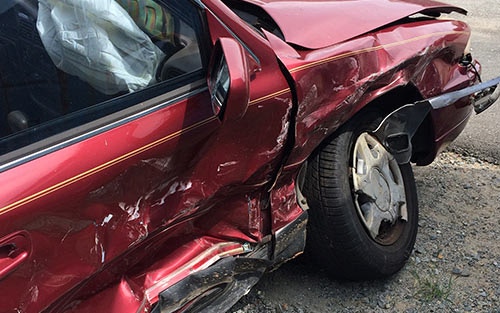
Most ACL injuries occur during fast-paced sports such as:
- Gymnastics
- Basketball
- Soccer
- Rugby
- Football
- Baseball
- Skiing
- Tennis
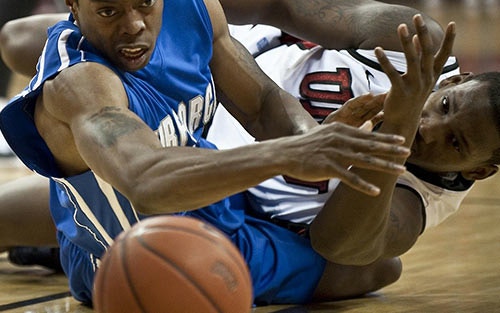
Note: According to MedlinePlus, ACL injuries are more likely to occur in women than men.
ACL Injury Symptoms
Symptoms of an ACL injury may vary depending on the grade of the injury. The following are the three grades of ACL injuries:
Grade 1 – These injuries are mild and seen as a sprain or over-stretching.
Grade 2 – These injuries are relatively rare, including an over-stretching and partially torn ACL.
Grade 3 – With these injuries, the ACL is torn completely in half and no longer offers any stability to the knee.
At the time of an ACL injury, an unusual “pop” or “snap” can commonly be felt or heard. The amount of pain felt at the time of injury is variable but can be severe. Typically, there will be an inability to continue play or activity and an impression that a severe injury has occurred. Consider the following common symptoms:
Pain – Grade 1 injuries may go unnoticed or can result in mild soreness in the knee. Grade 2 and grade 3 ACL injuries almost always present debilitating pain.
Swelling – All three grades of this injury will result in swelling, occurring within the first 24 hours of the injury.
Difficulty Walking – With grade 1 and 2 injuries, you may be able to put pressure on your knee but will find it difficult to walk. With a grade 3 injury, it is not likely you will be able to put pressure on your knee or walk at all.
Reduced Range of Motion – After sustaining any injury to your ACL, you will likely not be able to bend or flex your knee as you usually would.
Note: Many people report that after an ACL injury, the affected knee feels looser than it should.
Watch this video for more information on the symptoms and evaluation of an ACL injury.
ACL Injury Diagnosis
You should seek immediate medical attention if any injury to your knee causes signs or symptoms of an ACL injury. It is essential to get an accurate diagnosis to determine the grade of the injury and start the appropriate treatment. Diagnoses are made by:
- Explaining how the injury occurred to your doctor
- Performing a visual examination
- Performing physical tests
- Having X-ray images taken (usually to rule out broken bones)
- Having an ultrasound or MRI performed (these exams create images of bone and soft tissue)
- Performing Arthroscopy (allows your doctor to see the extent of the injury in real-time)
Note: Delaying medical attention may result in an extended period of recovery time and/or the exacerbation of your injury.
ACL Injury Treatment
Immediate first-aid care can help reduce pain and swelling after injuring your knee. It is recommended to follow the R.I.C.E. method of home self-care:
- Rest – Necessary for healing and limiting any weight bearing on your injured knee.
- Ice – Apply ice to your knee at least every two hours for 20 minutes at a time.
- Compression – Use an elastic bandage or compression wrap around your knee.
- Elevation – Lie down or sit in a reclined position with your knee elevated above your waist on pillows.
Note: This type of care can be used before and after other therapy and/or treatment types.
Rehabilitative Therapy
Physical therapy
This therapy alone may successfully treat an ACL injury for those who are relatively inactive, perform moderate exercise and/or recreational activities, or play light sports that require less stress on the knees. Consider the following:
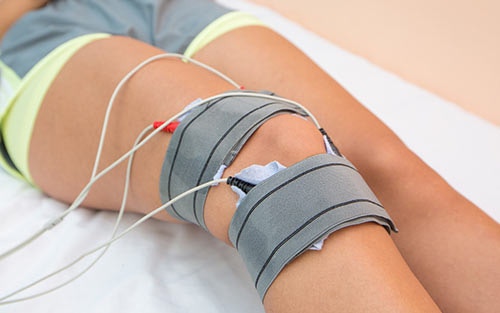
- This therapy lasts for several weeks.
- Your physical therapist will teach you exercises that can be performed under supervision and those that can be done at home.
- A brace may be used to stabilize or support your knee.
- Crutches may be used to completely avoid putting weight on your injured knee.
Note: Health, eating habits, and lifestyle will influence the amount of recovery time required during rehabilitative therapy.
Massage Therapy
Knee and other injuries can be extremely stressful. Besides a loss of mobility, other muscles in the body will generally be required to pull double duty to compensate during the recovery process. Some types of massage may help you find significant relief, including:
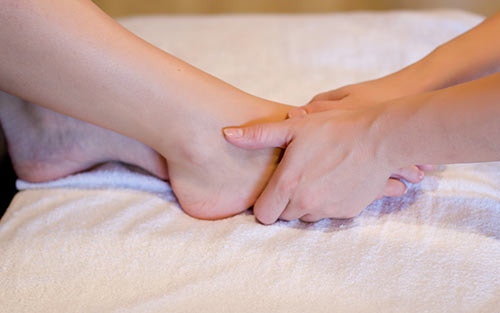
- Sports Massage
- Medical Massage
- Myofascial Release
Note: Before beginning massage therapy, consult your primary care physician or physical therapist for advice and/or recommendations.
Surgery
Surgery may be recommended when:
- Multiple ligaments (ACL, meniscus, MCL, LCL, and/or PCL) have been injured.
- Your injury leads to your knee buckling during non-strenuous or everyday activities.
- You are an athlete and/or intend to continue in the sport.
ACL reconstructive surgery involves the removal of the damaged ligament, replaced with a segment of tendon. Tendon grafts may be acquired from another part of your body or removed from a deceased donor.
Note: Post-surgery, rehabilitative therapy will continue. Successful ACL reconstruction combined with diligent rehabilitation usually restores stability and function to the affected knee.
Watch this video to learn more about ACL reconstructive surgery.
ACL Injury Recovery Time
Six to nine months are typically needed to return to full activity after ACL reconstructive surgery. The first few weeks focus on slowly increasing the knee’s range of motion in a controlled way. The ligament needs time to heal, and heightened care is taken to avoid damaging or ripping the graft.
For injuries not requiring surgery, recovery times are significantly less. A grade 1 injury may be completely healed within a matter of weeks. In contrast, a grade 2 injury may require several months and continuous therapy to completely heal.
Watch this video addressing recovery times for ACL injuries.
Anterior Cruciate Ligament Injuries
In this article, you discovered what an ACL injury is, what causes it, accompanying symptoms, how this injury is treated, and its recovery.
When you take immediate steps to care for, diagnose, and treat an ACL injury, your recovery time and discomfort can be significantly reduced.
Ignoring ACL injury symptoms can lead to severe mobility limitations, worsening pain, exacerbation of the injury, and the eventual need for surgery.
Sources:
mayoclinic.org/diseases-conditions/acl-injury/diagnosis-treatment/drc-20350744
orthoinfo.aaos.org/en/treatment/acl-injury-does-it-require-surgery
health.harvard.edu/newsletter_article/youve-torn-your-acl-now-what
medlineplus.gov/ency/article/001074.htm
emsom.edu/massage-acl-knee-injury/
(706) 521-5290
(678) 963-5958